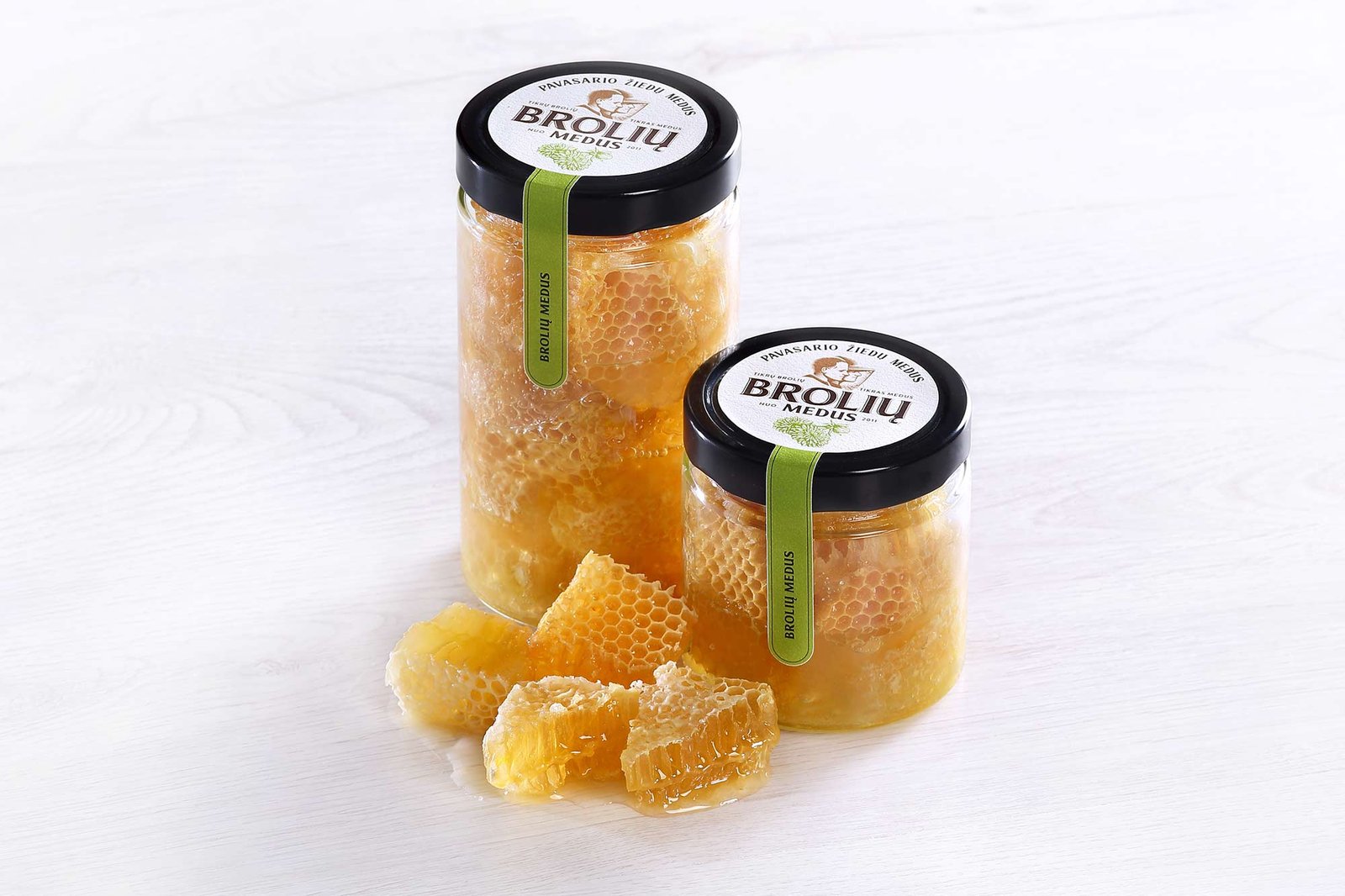Blog
Stomach acidity and honey. Can you consume honey if you have heartburn?

Honey is becoming popular again. As dietary habits improve, people are becoming increasingly more concerned about whether certain products that aren’t used on a daily basis, for example, honey, are safe to consume when suffering from various diseases. Gastro-oesophageal reflux (heartburn) is a rather common pathology, and many of our customers ask whether stomach acidity and honey are compatible. The answer is yes. Honey mixed with warm water reduces acidity (it normalises it, to be precise) and can help reduce the symptoms of reflux. We will share our own insights and what scientists have to say about what makes honey so magical and how to consume it when suffering from heartburn.
Stomach acidity and honey. What does the science say?
Honey is an especially complex food product. We have written about its rich composition many times. Our forefathers were well versed in the properties of honey and had many applications for it in folk medicine: healing wounds, treating diseases of the digestive tract, improving mental health. Because people have finally started talking about the true causes of gastro-oesophageal reflux, they have also started looking for new kinds of treatments, oriented at dealing with the root causes instead of the symptoms.
So, honey can help combat heartburn — both the kind that is the result of emotional stress and the kind that is caused by various inflammatory processes — as well as contribute to treating gastritis and ulcers caused by the bacteria Helicobacter pylori. The antibacterial compounds in honey work against this bacteria; what is more, the hydrogen peroxide it also contains disinfects ulcers and other wounds of the digestive tract. Because reflux can emerge as a result of free radicals, by neutralising them, honey can help not only treat but also prevent reflux. Scientific studies have shown that just a single glass of warm honey drink a week can have a positive effect on those suffering from gastro-oesophageal reflux.
Read more about the composition of honey in our post What honey is made of. Honey calories and what lies beneath them.
How much honey should you consume and when?
Honey is not a medication but a food product, so scientists have not set a precise ‘dosage’ for optimal results or defined what amounts to an ‘overdose’ — because overdosing with a food product is a difficult thing to do. However, it has been observed that drinking a cold honey drink increases acidity, while drinking a warm honey drink decreases acidity. So, first of all, we should be drinking honey dissolved in warm (not hot!) water or herbal tea. Second, most authors recommend drinking a warm honey drink in the morning, half an hour before breakfast. Based on such recommendations, we’ll be consuming a teaspoon of honey a day.
The relationship between stomach acidity and honey is not one of direct dependence. This means that the amount of honey we consume won’t have a drastically different effect on our digestive tract, but it might affect our weight. Besides, it’s important to distinguish that simply replacing sugar with honey will give us a similar result. Heated honey loses many of its nutrients and its composition changes, so we can only reduce stomach acidity by slowly dissolving thermally unprocessed honey in our mouths or by drinking a warm honey drink. Either way, if heartburn is giving you a hard time, you’re going to have to reduce your intake of baked goods, cakes and other flour-based products.
Honey is used increasingly more frequently to treat a range of other maladies of the digestive tract: gastritis, poor appetite, obesity, diabetes and others. Learn more about the benefits of honey in our post on The benefits of honey for the human body.
Our honey for your health and happiness:
Liepų medus – vasaros žiedų medus
€5.20 – €9.20Pavasarinis medus – pavasario žiedų medus
€4.50 – €8.60Lipčiaus medus – rudens žiedų medus
€5.20 – €9.30Grikių medus
€4.90 – €9.10Honeycomb
€4.80 – €8.20Scientific sources:
- Math MV, Khadkikar RM, Kattimani YR. Honey – A nutrient with medicinal property in reflux oesophagitis. Indian J Med Res 2013;138:1020-1











